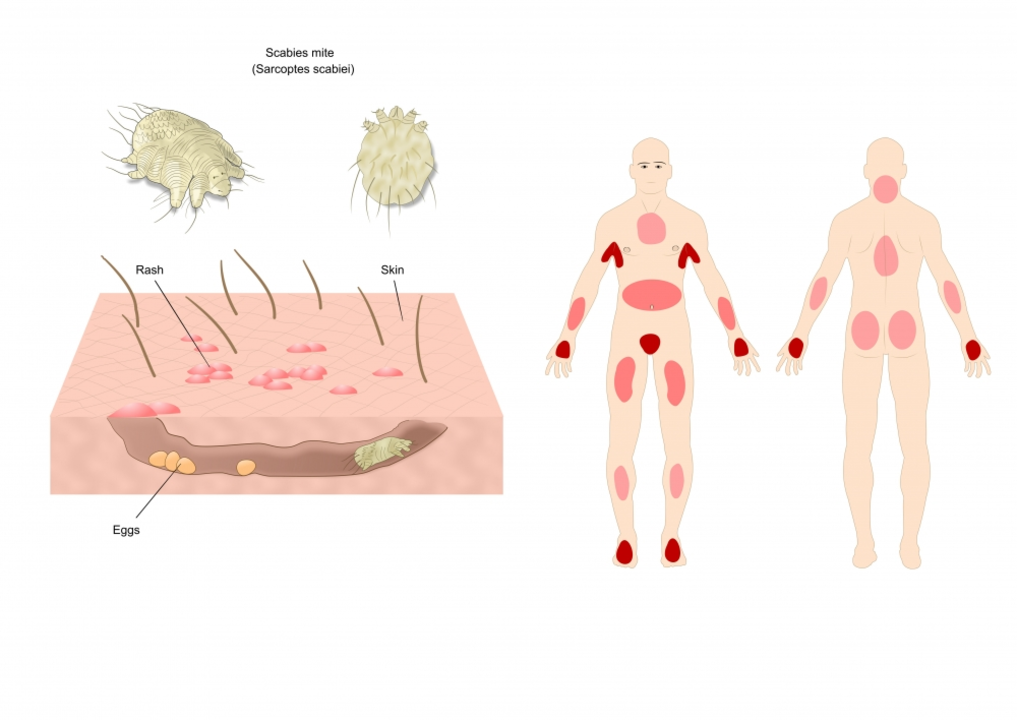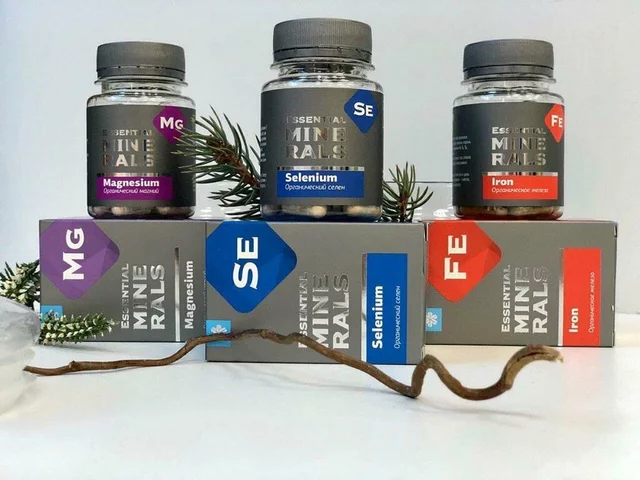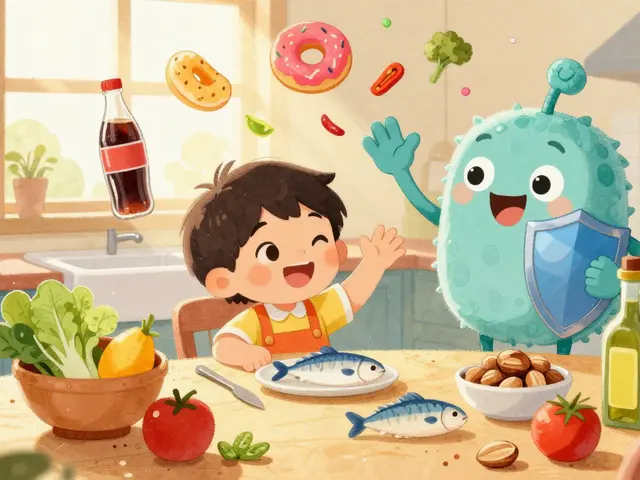Drug life cycle: what happens to meds after discovery
Most people think a drug is finished once it hits the pharmacy shelf. Not true. Drugs go through stages that change how they’re priced, prescribed, and even how safe they are perceived. Knowing the life cycle helps you spot cheaper generics, newer alternatives, and why some medicines disappear or get new warnings.
Stages that matter to patients
First comes discovery and testing. That’s the long, expensive bit where researchers test a compound in the lab, then in humans. If it works and is safe, regulators give approval. That’s when the drug can be sold under a brand name.
Next is patent protection. While a drug is patented the maker has exclusive rights, which keeps prices high. When the patent ends, generic makers enter the market. That usually cuts costs fast—think Amoxil vs. newer or generic options. For people on long-term meds, patent expiry often means big savings.
After approval, real-world use starts. Doctors try the drug on many types of patients. That reveals rare side effects or long-term issues not seen in trials. When new safety data appears, labels change and doctors adjust how they prescribe the drug. Post-market monitoring can also lead to some drugs being pulled or restricted.
Why the life cycle changes your choices
Availability and price shift across the life span. Early on you might only find a brand-name product at a higher cost. Years later, generics or alternatives like a different drug class become options. For example, if simvastatin isn’t right for you, alternatives such as ezetimibe or PCSK9 inhibitors might be recommended—some are newer and more expensive, others cheaper once generics appear.
Regulatory updates matter too. New safety warnings can change how a drug is used. That’s why sites that track drug news help—readers learn when to ask their doctor about switching meds or dose changes. Also watch for reformulations: some pills become extended-release or lower-dose versions, and that can affect side effects and convenience.
For people ordering meds online, the life cycle affects trust and legality. Popular older drugs are easier to find from many pharmacies, but newer branded meds often require a verified source and prescription. When shopping, check for proper licensing and real reviews. Fake or poorly regulated sellers often pop up around high-demand or expensive drugs.
Finally, the life cycle opens room for alternatives. If a drug becomes scarce or unsafe, doctors may suggest substitutes—sometimes from the same class, sometimes different. That’s why understanding stages like patent expiry, post-market safety, and reformulation helps you have a smarter conversation with your provider about cost, safety, and convenience.
Want a practical step? Keep a list of your meds, note when they changed price or label, and ask your pharmacist about generics or safer alternatives. Small timing details—like when a patent ends or a safety update appears—can save money and avoid headaches down the road.




